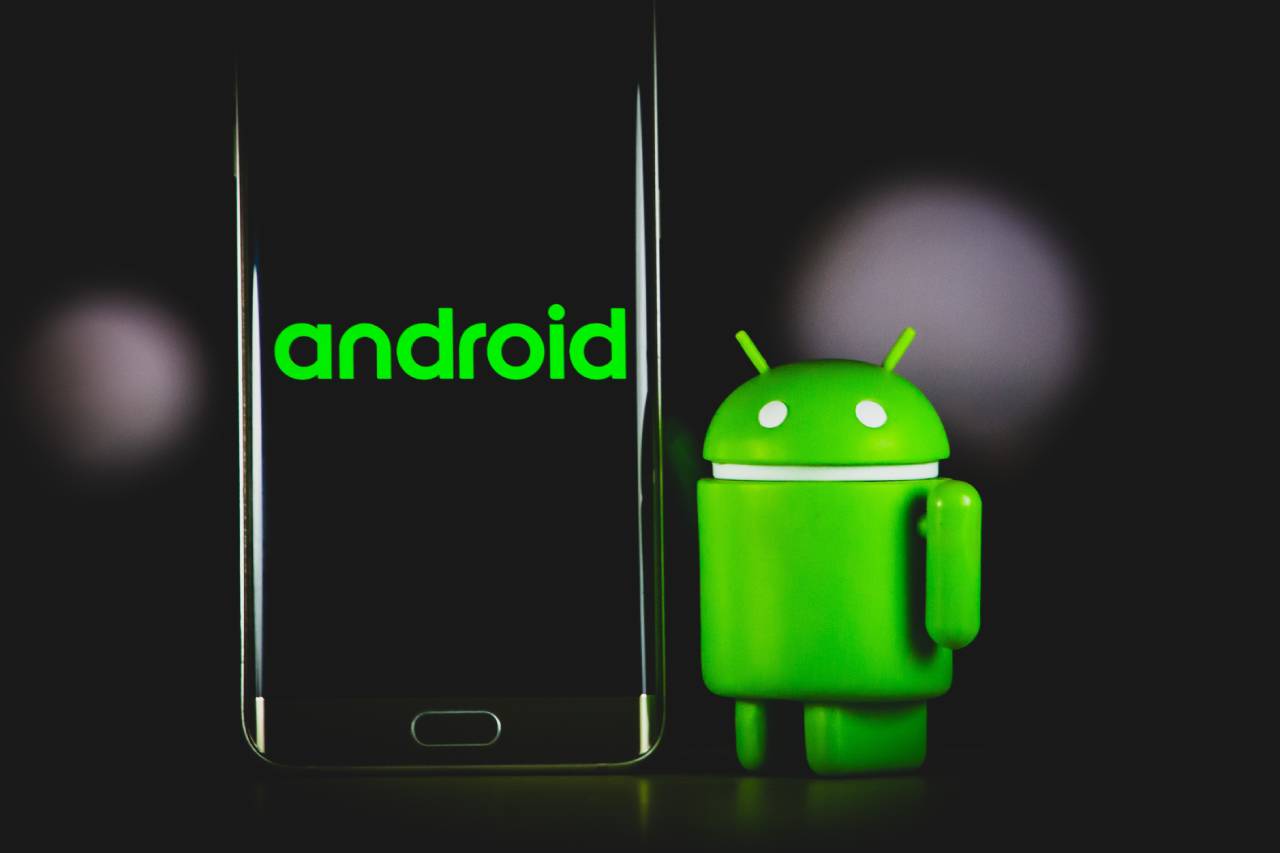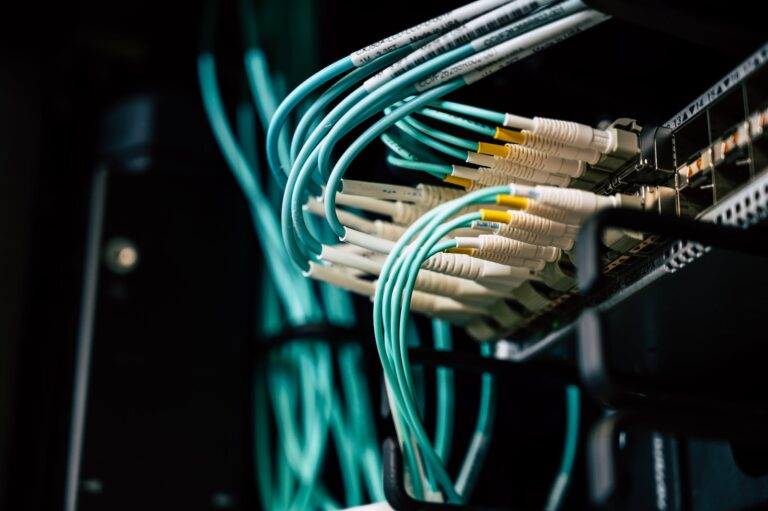The Real Price Tag: An Inside Look at Android App Development Costs
How much do complex apps cost?
Imagine crafting the perfect suit for your needs. A classic, well-tailored piece will have a different price tag than a custom-designed, statement suit with intricate details. Just like bespoke suits, Android apps come with a range of functionalities and costs to match.
TL;DR: Android App Costs
- Expect a range: Prices vary wildly based on features and complexity. Simple apps start around $10,000, complex ones can reach $500,000+.
- Consider a PWA: For basic functionality, a Progressive Web App (PWA) might be a cost-effective alternative (around $5,000).
- Key cost factors: App complexity, features, team location, and more all influence the final price tag.
- Think “custom home”: The cost is similar to building a house – it depends on the size, features, and level of customization you desire.
Understanding Key Cost Factors for Your Android App
Several core factors determine how much it costs to develop an Android app. These include:
Decoding App Complexity: How Does It Impact Budget?
Simple, basic apps naturally require less development time and therefore lower costs than complex apps. Complexity depends on elements like:
- Number of Screens: More app screens and workflows increase complexity.
- Custom Functionality: Unique features not supported by frameworks have custom development needs.
- Visual and Interactive Complexity: Apps with animations, 3D, VR/AR, or complex UIs are more complex.
- Third-Party Integrations: Integrating custom APIs or external services adds complexity.
More complex apps require more development and QA testing time, driving up costs. This is where outsourcing platforms can help.
Beyond Phones: Supporting Multiple Devices and Platforms
Supporting multiple Android devices and OS versions adds complexity and expenses. Key considerations:
- OS Versions: Supporting older Android versions like KitKat (4.4) or Jellybean requires more development and testing effort.
- Device Screen Sizes: Designing for phones, tablets, foldables and Android Auto requires additional UI/UX work.
- Device Capabilities: Supporting different device features like cameras, fingerprint sensors, or NFC adds complexity.
Supporting additional platforms like Android TV or Android Auto also increases costs.
Feature Feast or Functional Focus? Prioritizing for Cost Efficiency
The features and functionality included in the app heavily influence costs:
- Basic Features: Simple apps with basic UI workflows are quicker to develop.
- Advanced Features: Complex features like social sharing, push notifications, admin dashboards, etc. add more scope.
- Custom Features: Unique functionality not supported by frameworks requires custom development.
- Third-Party Integrations: Integrating SMS, calling, accounting software, etc. adds more effort.
More features means higher development and testing needs.
Global Talent Pool: Exploring Team Location and Cost Optimization
Android app development costs vary enormously based on the team location:
| Country | Hourly Rate Range |
| USA | $100 – $150 |
| Canada | $100 – $130 |
| UK | $50 – $100 |
| Western Europe | $70 – $120 |
| Eastern Europe | $40 – $70 |
| India | $20 – $50 |
| South America | $40 – $70 |
As shown, the same app can cost $20,000 with an Indian team and $100,000+ for a US-based team.
Custom Creations vs. Off-the-Shelf Solutions: Balancing Needs with
Off-the-shelf app templates lower costs, while highly customized designs and workflows increase expenses:
- Off-the-Shelf Templates: Leveraging open-source templates or frameworks cuts development time significantly.
- Visual Customization: Apps with custom designs, brand themes, icons, etc. have higher UI/UX costs.
- Workflow Customization: Tailoring app workflows and functionality for specific use cases adds more effort.
- Animation/Interactivity: Custom animations, gestures, transitions and microinteractions add complexity.
Meeting unique custom requirements demands more design, development and testing time.
Team Size: Striking a Balance Between Cost and Speed
App complexity and timelines determine the ideal team size. Approximate team costs:
- Solo Developer: $50 to $100 per hour
- Small Team (2-3 Developers): $5,000 to $15,000 per month
- Large Team (4+ Developers): $15,000 to $30,000+ per month
Larger teams allow faster delivery but have higher ongoing costs.
Team Size: Striking a Balance Between Cost and Speed

Post-launch support and maintenance also impact budgets:
- Minor Bug Fixes: ~10-20% of initial dev cost per year
- Major Feature Updates: ~50%+ of initial dev cost
- Complex Ongoing Support: Dedicated support staff + overhead costs
Apps requiring substantial updates or support have higher long-term costs.
Slash Your Android App Development Budget:
- Go Cross-Platform: Frameworks like React Native or Flutter let you build for both Android and iOS, saving time and money on code development.
- Smart Outsourcing: Consider outsourcing to regions with competitive rates like Eastern Europe or India. Focus on Value: Don’t prioritize cheap labor over expertise. Choose developers who understand your needs and can deliver quality work.
- Prioritize Ruthlessly: Identify the essential “must-have” features for your app and focus development on those first. “Nice-to-haves” can come later.
By combining these strategies, you can significantly reduce your Android app development costs without sacrificing quality.
Regional Rate Comparison
Android app development rates, timelines and overall costs can vary enormously based on the regional location of the developers. Below is a comparison across key regions:
| Region | Hourly Rate Range | Avg. Cost for Simple App | Avg. Cost for Complex App | Avg. Timeline for MVP |
| United States | $100 – $250 | $150,000+ | $250,000+ | 6+ months |
| Canada | $100 – $150 | $100,000 – $200,000 | $180,000 – $300,000 | 5-7 months |
| Western Europe | $70 – $150 | $80,000 – $120,000 | $120,000 – $250,000 | 4-6 months |
| Eastern Europe | $25 – $100 | $30,000 – $100,000 | $60,000 – $150,000 | 3-5 months |
| India | $10 – $80 | $10,000 – $60,000 | $25,000 – $100,000 | 2-4 months |
| South America | $20 – $70 | $20,000 – $80,000 | $50,000 – $140,000 | 3-5 months |
As shown, choosing app developers based in regions like India or Eastern Europe can potentially deliver 60-80% cost savings compared to US-based teams for the same apps. However, careful vetting is essential to choose teams with strong technical capabilities and English language proficiency regardless of their location.
Estimating Development Timelines: From Vision to Launch
Just like costs, estimating development timelines for your Android app is crucial. Understanding the typical phases and how complexity impacts timeframes helps set realistic expectations.
The App Development Journey:
- Planning (2-4 Weeks): This initial phase involves brainstorming ideas, defining your app’s purpose, target audience, and core functionalities.
- Design (4-12 Weeks): Here, the UI/UX team creates mockups and prototypes that define the user experience and visual style of your app. This phase can be iterative, with revisions based on your feedback.
- Development (4-16+ Weeks): This is where the app comes to life. Backend development focuses on server-side logic and data management, while frontend development translates designs into functional code for the user interface. These phases can often overlap to optimize time.
- Testing (4-8+ Weeks): Rigorous testing ensures your app functions flawlessly across different devices and scenarios. This includes bug fixing and performance optimization.
- Deployment (1-2 Weeks): Once testing is complete, your app is submitted to the Google Play Store for review and publishing.
- Maintenance (Ongoing): The journey doesn’t end with launch! Ongoing maintenance addresses bugs, implements new features, and ensures your app keeps pace with evolving user needs and technologies.
Time and Complexity:
These are general timelines, and the actual time for your app will depend on:
- Complexity: Simple apps with basic features will take less time than feature-rich, highly customized ones.
- Features: The more features you include, the longer the development process.
- Team Size and Expertise: A larger, experienced team can often work faster than a smaller one.
- Project Management: Agile methodologies like Scrum can help adapt to changes and keep projects on track.
- External Factors: Integrating third-party services or frequent requirement changes can extend timelines.
Planning for Success:
By clearly outlining your app’s requirements upfront and finalizing designs before development starts, you can minimize timeline surprises later on.
The Road to App Success: Balancing Budget and Innovation
Developing a thriving Android app requires a keen understanding of cost drivers—from intricate functionalities to ongoing maintenance. Industry research suggests that underestimating these factors can lead to project delays and budget overruns.
This guide equips you with the knowledge to navigate the cost landscape of Android app development. By meticulously scoping app requirements, selecting the ideal development team, and implementing cost-saving strategies like cross-platform development or outsourcing to regions with competitive rates, you can effectively manage expenses.
But wait, there’s more! Consider Progressive Web Apps (PWAs) as a potential game-changer. PWAs offer app-like functionality without app store submissions, making them a cost-effective solution for basic functionalities. This can be a great option for businesses testing the waters or with limited budgets.
Remember: Thorough planning and diligent budgeting are the cornerstones of bringing high-quality Android apps (or cost-effective PWAs) to market. By taking these crucial steps, you’ll be well-positioned to connect with your target audience and achieve your business objectives.
Ready to embark on your app development journey? Contact our experts today




I like the valuable information you provide in your write-ups.
I shall bookmark
your blog and sometimes check again here. I am quite sure
I’ll learn
a lot of new stuff right here! All the best for the next!
Thanks for sharing. I read many of your blog posts, cool, your blog is very good.